Disclosure: This article contains affiliate links. We may earn a commission from purchases at no extra cost to you, which helps our travel content.
There's something profoundly humbling about standing at the edge of the Bering Sea, where the frigid waters stretch toward Russia and the wind carries whispers of ancient stories across the tundra. Nome, Alaska isn't on most travelers' radar—and that's precisely what makes it extraordinary. Having spent decades exploring remote corners of the world, I can confidently say that Nome offers a rare glimpse into a frontier that remains largely untouched by mass tourism, where gold rush history mingles with vibrant Indigenous cultures against a backdrop of breathtaking wilderness.
Understanding Nome: Where Gold Rush Meets Indigenous Heritage
Nome sits at a fascinating crossroads of history—a place where the 1898 gold rush brought thousands of fortune-seekers to lands long inhabited by Iñupiat people. Unlike many Alaskan destinations that have been polished for tourism, Nome retains its frontier authenticity. The town itself is utilitarian rather than picturesque, with weather-worn buildings that tell stories of boom and bust.
On my first morning, I visited the Carrie M. McLain Memorial Museum, where the knowledgeable curator walked me through Nome's complex past. What struck me most was learning about Ada Blackjack, the 'female Robinson Crusoe' who survived alone on remote Wrangel Island in the 1920s—a reminder of the incredible resilience this harsh environment demands.
Later, I wandered Front Street, where century-old buildings now house local businesses. At Bering Tea & Coffee, I warmed my hands around a mug while chatting with locals who shared stories that no guidebook could capture. For deeper cultural understanding before arriving, I'd highly recommend reading Alaska Native history book, which provided invaluable context for appreciating the region's Indigenous heritage.
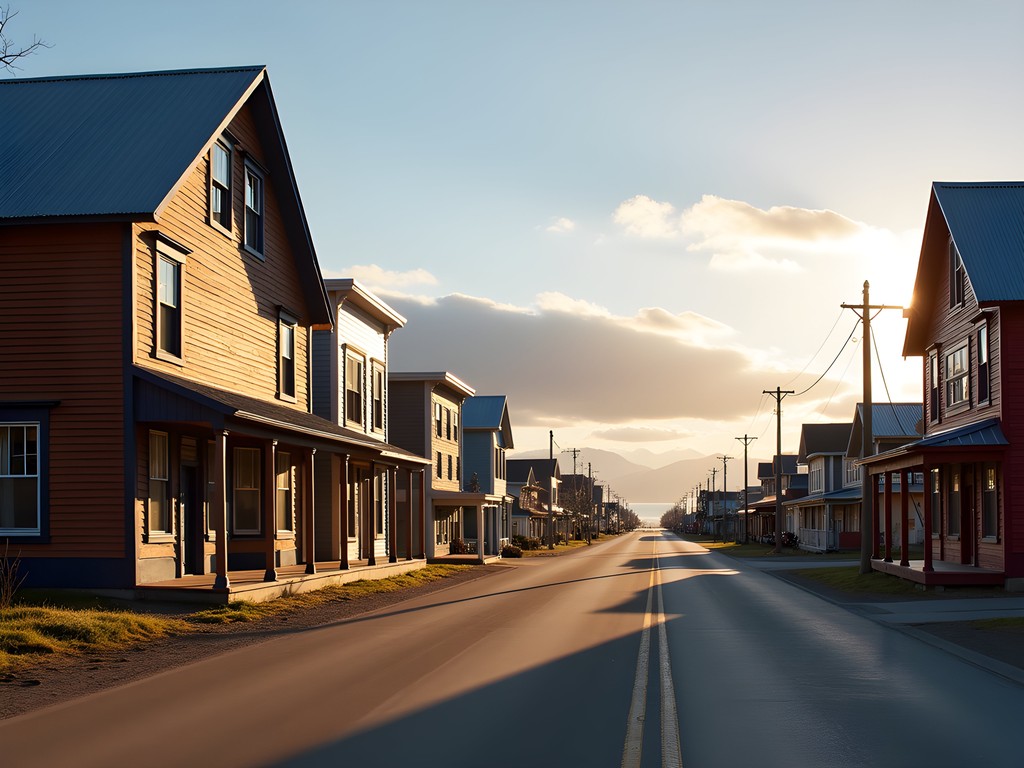
💡 Pro Tips
- Visit the Carrie M. McLain Memorial Museum early in your trip to gain historical context
- Respect Indigenous customs and ask permission before photographing cultural events
- Bring cash—many small businesses in Nome don't accept cards
Solo Safety in the Last Frontier
Let me be frank—Nome demands respect. This isn't a destination for the unprepared solo traveler. The weather can change dramatically within hours, and you're genuinely in a remote location where help isn't always readily available. My decades of wilderness experience with my husband came in handy, but I still approached Nome with careful planning.
I invested in a satellite communicator before my trip—an absolute essential when venturing beyond town limits. This compact device allowed me to send messages and share my location even without cell service, which provided peace of mind during my tundra explorations.
For day hikes around Nome, I always carried my bear spray and made plenty of noise on trails. Bears are a real presence here, not just a theoretical concern. While in town, I found everyone remarkably friendly, but I still practiced standard solo traveler awareness, particularly during the midnight sun period when the unusual daylight patterns can throw off your normal safety instincts.
Before any excursion, I informed my accommodation of my plans and expected return time—a wilderness habit that serves urban explorers equally well.

💡 Pro Tips
- Register with the visitor center before heading into the backcountry
- Carry a physical map—don't rely solely on digital navigation
- Weather conditions change rapidly—always pack extra layers and emergency supplies
Embracing Nome's Wilderness: Beyond the Road System
Nome has just three roads leading out of town, each extending roughly 70 miles before simply... ending. These roads—the Nome-Council, Nome-Taylor, and Nome-Teller Highways—offer extraordinary access to wilderness that would otherwise require bush planes or boats.
Renting a sturdy 4WD vehicle is essential here. I opted for a rugged cooler to keep provisions fresh during my road explorations, as services are virtually non-existent once you leave town. The investment was worthwhile as I found myself stopping frequently for impromptu picnics beside crystal-clear streams.
The Nome-Council Road became my favorite, winding along the coast with spectacular views and access to Safety Sound, a premier birding location. As someone who normally photographs architecture and street scenes, I found myself reaching for my telephoto lens constantly, capturing arctic terns and rare Asian vagrants that had crossed the Bering Strait.
For those wanting to venture beyond the roads, bush plane tours offer extraordinary perspectives. I splurged on a flight to the remote Serpentine Hot Springs in Bering Land Bridge National Preserve—where I soaked in natural thermal waters while watching musk oxen graze nearby. The experience of complete solitude in such a primeval landscape was worth every penny.
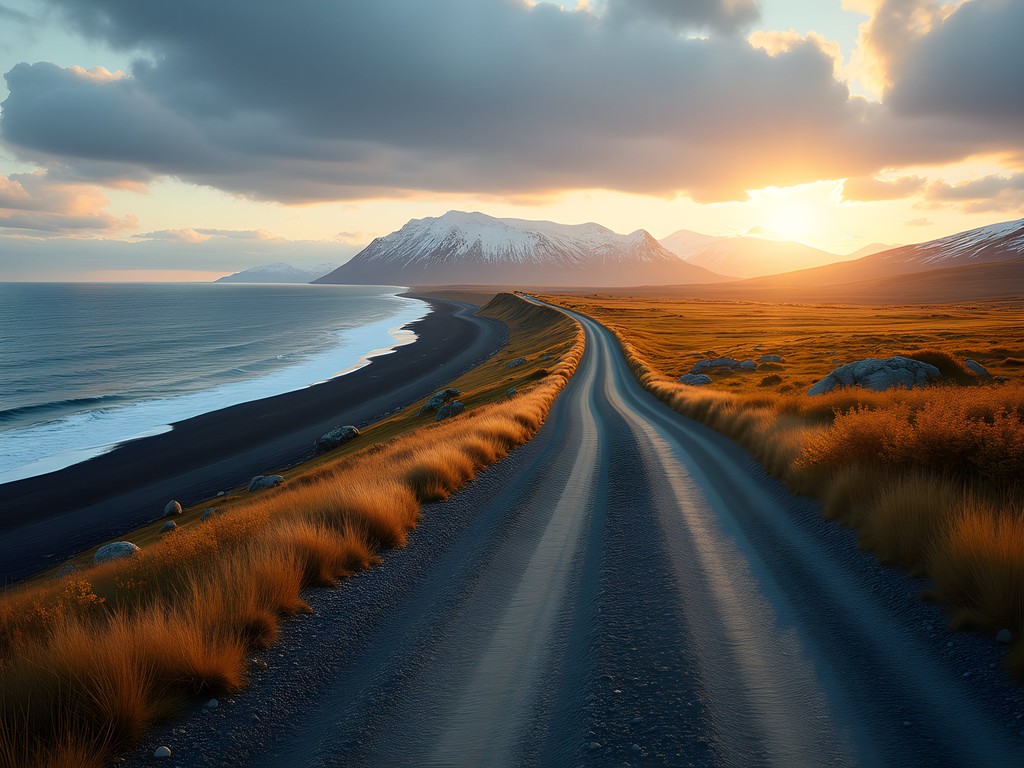
💡 Pro Tips
- Rent vehicles well in advance—options are limited and book quickly in summer
- Fill your gas tank completely before road trips—there are no service stations outside Nome
- Carry iodine tablets as backup for water purification when exploring remote areas
Cultural Immersion: Connecting with Nome's Communities
The most meaningful experiences in Nome came through connecting with the people who call this remarkable place home. The Iñupiat and Yup'ik cultures remain vibrant here, offering visitors opportunities for genuine cultural exchange if approached with respect.
I timed my visit to coincide with the Midnight Sun Festival in June, where I witnessed traditional dancing and drumming that moved me deeply. Having spent years documenting cultural traditions through my museum work, I was particularly struck by the living nature of these practices—not preserved for tourists, but actively transmitted between generations.
At the Nome Arts Council gallery, I purchased a small ivory carving tool kit as both a meaningful souvenir and a way to support local artists. While ivory carving is controversial in many contexts, here it represents a sustainable Indigenous practice using legally harvested walrus ivory (non-Indigenous visitors should research regulations carefully before purchasing).
I found that simply sitting at the Counter café with my sketchbook opened countless conversations with locals curious about what I was drawing. These informal exchanges provided insights no tour could offer—from tips about where to spot moose safely to stories about winter survival during the darkest months.
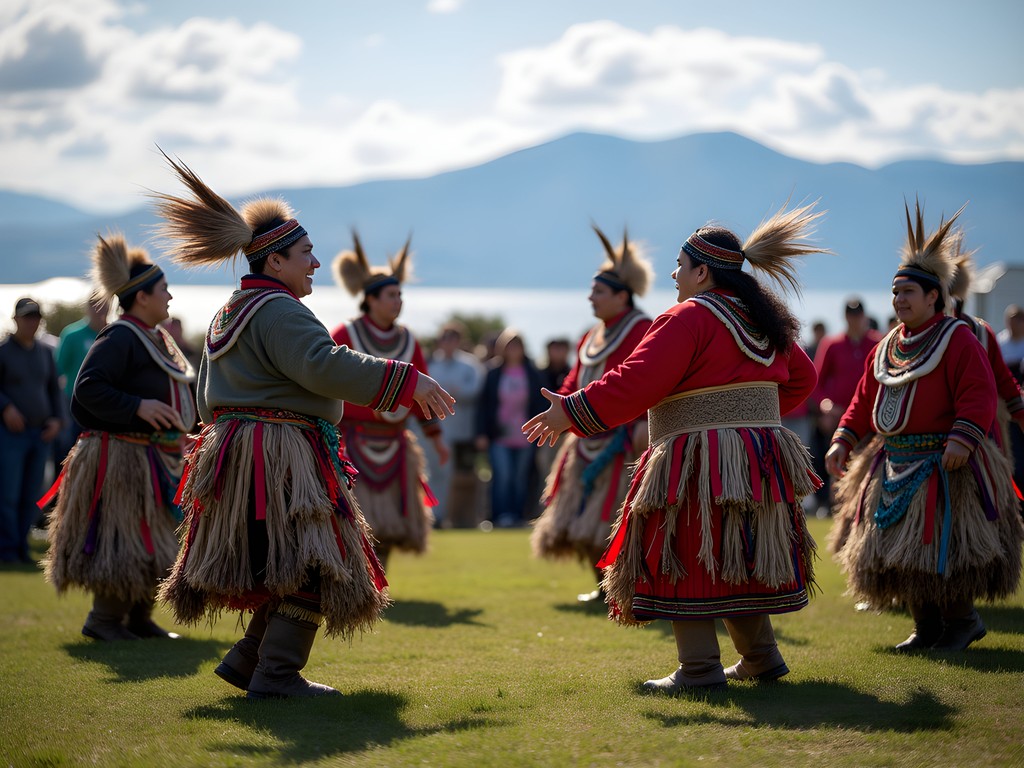
💡 Pro Tips
- Research Indigenous cultural protocols before attending events
- Purchase directly from artists when possible to ensure fair compensation
- Visit Kawerak, Inc. to learn about regional Native corporations and their work
Practical Considerations: Accommodation & Dining in Nome
Nome isn't awash with luxury accommodations, but what it lacks in amenities it makes up for in character. I stayed at the Aurora Inn, which offers clean, comfortable rooms and—crucially—knowledgeable staff who can advise on everything from weather conditions to local events.
Packing a silk sleep mask proved essential during the midnight sun period when darkness never truly falls in summer. Even with room-darkening curtains, this extra layer helped maintain my sleep schedule amid 20+ hours of daylight.
Dining options are limited but surprisingly diverse. The Polar Café became my morning ritual—their sourdough pancakes and strong coffee fueled my daily adventures. For dinner, Pingo Bakery-Seafood House offers incredible fresh-caught options. I still dream about their Bering Sea crab legs, harvested just hours before reaching my plate.
Grocery prices in Nome will shock even seasoned travelers—a simple bell pepper might cost $5 due to the logistics of shipping everything in. I brought a collapsible water bottle that saved me repeatedly from paying exorbitant prices for bottled water while reducing plastic waste.
Perhaps most importantly, Nome operates on 'Nome time'—a relaxed pace that respects the challenges of Arctic living. Embrace it rather than fight it; that tour might start 30 minutes late because the guide spotted a musk ox herd worth watching. These unplanned moments often become highlights.

💡 Pro Tips
- Book accommodation months in advance if visiting during summer or Iditarod season
- Budget extra for food costs—everything is significantly more expensive than in mainland US
- Download entertainment before arrival—internet is functional but extremely expensive and slow
Final Thoughts
As my bush plane lifted off from Nome's airstrip, I pressed my face against the window to capture one final glimpse of this remarkable frontier. Solo travel in Nome isn't for everyone—it demands preparation, respect for the environment, and a willingness to embrace the unexpected. But for those seeking genuine connection with one of North America's last true frontiers, the rewards are immeasurable.
In our increasingly homogenized world, Nome stands apart—a place where nature still dictates the rhythm of life, where cultures maintain their distinctive identities, and where the landscape remains largely as it has for millennia. My week alone in this remote corner of Alaska reminded me why I travel: not for comfort or convenience, but for transformation and perspective.
If you're an experienced solo traveler looking to step beyond the ordinary, pack your warmest layers and your sense of adventure. Nome won't offer you polished luxury or curated experiences, but it will give you something far more valuable—a profound connection with a place that remains gloriously, authentically itself.
✨ Key Takeaways
- Nome requires thorough preparation for solo travelers, particularly regarding safety and weather contingencies
- The three roads extending from Nome offer accessible wilderness adventures without requiring bush planes
- Engaging respectfully with local Indigenous cultures provides the most meaningful experiences
- Summer's midnight sun creates unusual challenges and opportunities for photography and exploration
- Nome's remoteness is both its challenge and its greatest asset for the solo traveler seeking authenticity
📋 Practical Information
Best Time to Visit
June-August for milder weather and accessibility; March for Iditarod
Budget Estimate
$250-350 per day including accommodation, vehicle rental, and meals
Recommended Duration
5-7 days minimum to experience the region properly
Difficulty Level
Challenging


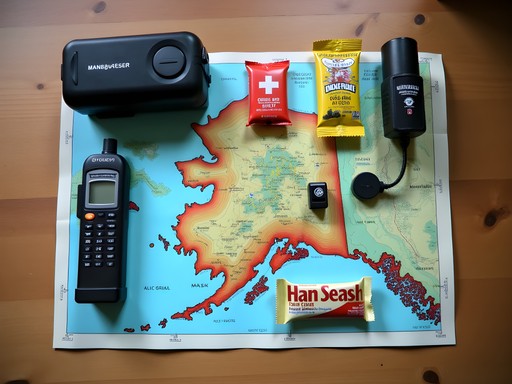

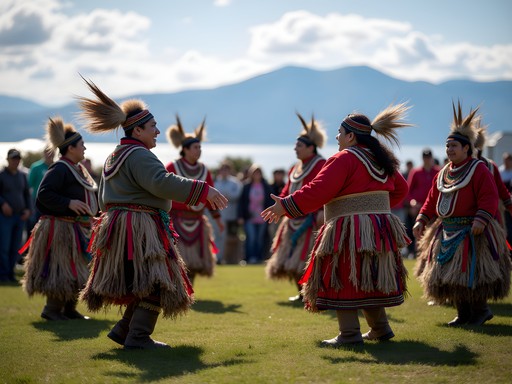



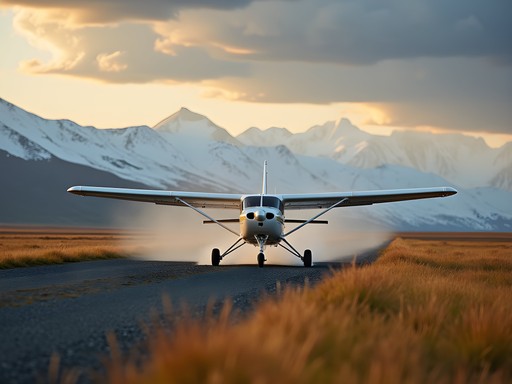

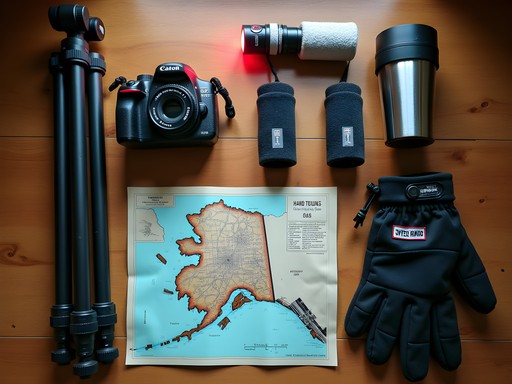
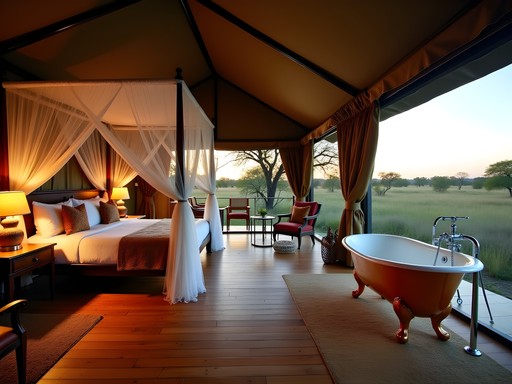
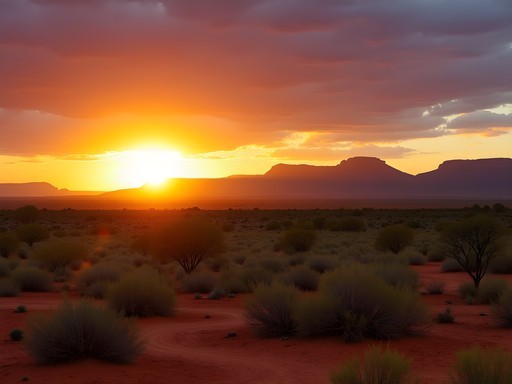


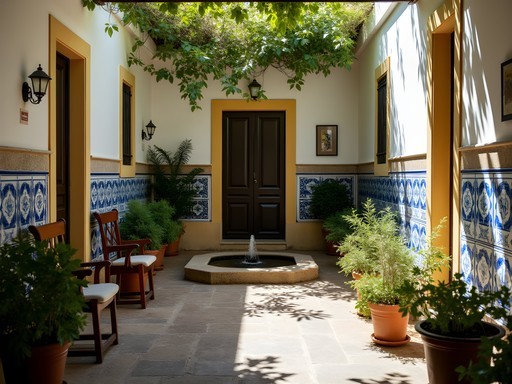
Comments
Taylor Moreau
Eleanor, your piece captures Nome's essence beautifully. I particularly appreciated your section on 'Cultural Immersion' as it's something many visitors overlook. During my stay, I was fortunate enough to attend a demonstration of traditional Iñupiaq dancing at the Carrie M. McLain Memorial Museum. The curator there also provided fascinating context about how the gold rush history intersects with indigenous heritage. For those considering a solo journey to Nome, I'd emphasize Eleanor's point about preparation. The weather systems can be unpredictable, and having flexible plans is essential. I'd recommend spending at least 4-5 days to truly appreciate what the area offers, particularly if you want to witness both the coastal landscapes and inland tundra. Has anyone else experienced the midnight sun there? It completely transformed my sleep patterns but offered extraordinary photography opportunities.
roamtime
I was there in August so just missed the midnight sun, but even then the light was amazing for photos. Did you make it out to Safety Sound? The bird watching there blew my mind!
Taylor Moreau
I did! Safety Sound was remarkable - saw sandhill cranes and Arctic terns among others. Brought a decent pair of binoculars which proved invaluable. The birding community there is quite knowledgeable as well.
roamtime
Just got back from Nome last week! Eleanor, your section on connecting with locals was spot on. I was nervous about traveling alone so far north, but the community there is incredibly welcoming. I ended up at an impromptu potlatch celebration after chatting with someone at the Visitor Center. The Native arts are incredible - I bought a small carved walrus tusk piece that the artist explained represents Sedna, the sea goddess. One tip I'd add: definitely bring a satellite communicator if you're planning any solo hikes beyond cell service. The weather changed so fast when I was there!
hikingninja9115
Good call on the satellite thing. Did you feel safe as a solo traveler?
roamtime
Totally! The town itself feels very safe. Just respect the weather forecasts and don't wander too far alone without telling someone your plans. Basic wilderness safety stuff.
hikingninja9115
Wow, Nome looks incredible! Been dreaming about Alaska forever but never considered going solo. This might change my mind!
Taylor Moreau
Nome is truly one of Alaska's hidden gems. I visited on business last year and managed to extend my stay by three days. Well worth the extra time!
hikingninja9115
Did you need a 4WD to get around or is it doable without?
Taylor Moreau
I hired a 4WD for exploring the three roads out of town. Essential if you want to see the wilderness Eleanor mentions. In town, everything is walkable, but for safety in autumn/winter, I'd recommend proper gear and transportation.
freeone
Just booked my flight to Nome after reading this! Can't wait!
globemate
I'm thinking about visiting in September. Is that a good time? Worried about the weather getting too harsh but want to avoid peak tourist season if there is one. Also curious about what kind of wildlife you encountered on your hikes!
freeone
Not Eleanor but I went in late August last year. Fall colors were amazing on the tundra but bring serious rain gear!
Eleanor Walker
September can be beautiful with fall colors, but weather is definitely transitioning. Expect rain, wind, and temperatures ranging from 30-50°F. Wildlife-wise, I saw musk oxen, red foxes, and countless birds. The bears were around but thankfully kept their distance!
mountainbackpacker
Just got back from Nome last week! Your section on connecting with local communities was so valuable. I attended a dance performance at the cultural center and it was the highlight of my trip. One tip for others: the weather changes FAST there, even in summer. Layers are essential and don't underestimate how cold the wind off the Bering Sea can be.
triplover
Thanks for the tip about the weather! Did you need special gear?
mountainbackpacker
Nothing too special - good waterproof layers, warm hat, gloves even in summer, and sturdy hiking boots. The visitor center actually has a small gear rental section if you forget anything essential!
Taylor Moreau
Eleanor, this is a brilliant guide. I visited Nome last year on a business trip related to sustainable tourism development and was struck by how few resources exist for independent travelers. The section on cultural immersion is particularly valuable - the Iñupiat heritage center was a highlight of my trip as well. I would add that winter visitors should absolutely try to time their visit with the Iditarod finish in March - it transforms the town completely. The community comes alive in a way that's quite special to witness.
Eleanor Walker
Thanks Taylor! Great point about the Iditarod - I mentioned it briefly but it deserves more attention. The energy in town during that time is incredible.
freeking
Those Bering Sea photos are incredible! Bucket list material for sure.
sunnyrider
This looks amazing! How safe is it really for solo female travelers? I've always wanted to visit Alaska but Nome seems pretty remote even by Alaska standards.
Eleanor Walker
Nome is surprisingly welcoming for solo travelers! I felt quite safe in town, but always let someone know my plans when heading into the wilderness. The locals look out for visitors. Just bring layers - the weather changes fast!
sunnyrider
Thanks Eleanor! That's really reassuring. Did you rent a car or use local transport?
Eleanor Walker
I did both! Rented a car for the road system (which only extends about 80 miles in three directions), but used bush planes for reaching remote areas. The satellite messenger was essential when outside cell range.
Hunter Thompson
Brilliant write-up on Nome! I'm heading to Alaska next month and considering adding Nome to my itinerary. How was your bush plane experience? I've never flown in anything that small and I'm both excited and terrified! Also, did you find a week was enough time there?
Eleanor Walker
Thanks Hunter! The bush plane was actually one of the highlights - definitely nerve-wracking at first but the views are unbeatable. The pilots are incredibly skilled and safety-focused. I'd say a week is good for Nome itself, but add a few days if you want to visit any of the surrounding villages. Feel free to DM me if you need specific recommendations!
Hunter Thompson
That's really helpful, thanks! Will definitely reach out if I have more questions. Just booked my flights!
Venture X
Premium card with 2X miles, $300 travel credit, Priority Pass